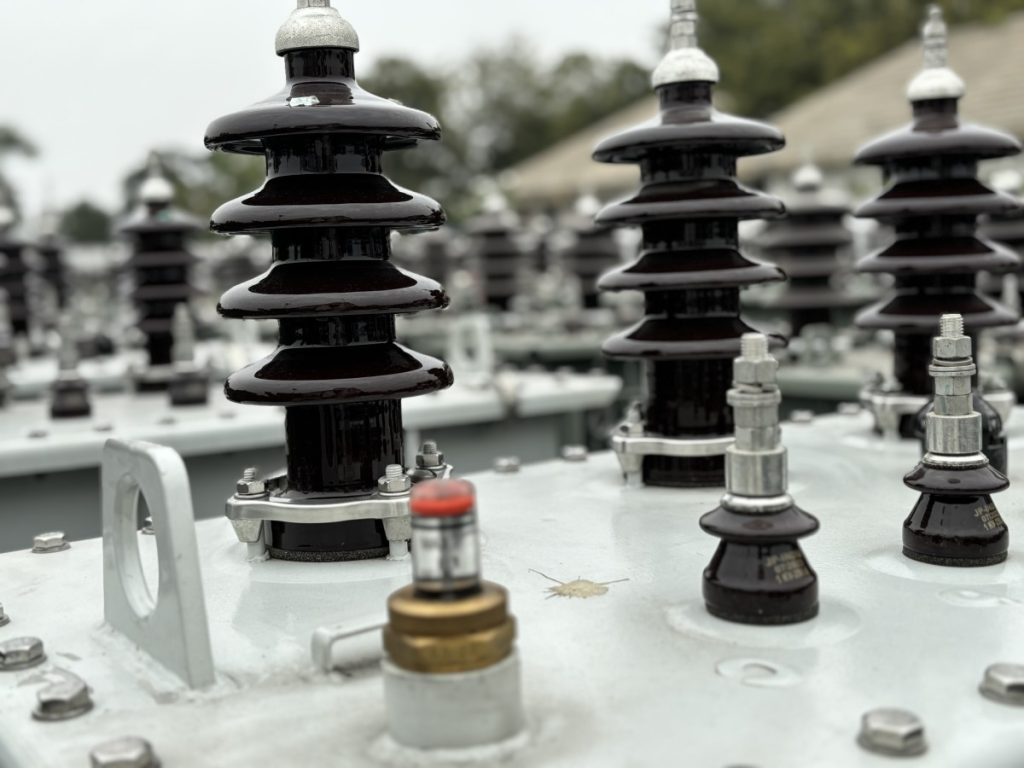Amorphous distribution transformers represent a transformer type where the core is made from amorphous metal alloys instead of traditional crystalline materials. This choice of material significantly reduces no-load losses, thereby improving the overall energy efficiency of the transformer. Lower losses lead to reduced energy consumption and CO₂ emissions, making amorphous transformers a key component in building a more sustainable electrical infrastructure.
Applications and Technical Features
Amorphous distribution transformers are widely used in power networks and industrial applications where they are employed for both step-up and step-down voltage conversion. Their excellent energy efficiency makes them a cost-effective option, particularly for long-term use.
In Finland, these transformers are specifically designed to operate under harsh conditions. For example, Toshiba-manufactured amorphous transformers have passed extensive cold climate testing, and their reliability has been proven in the field. These units have been widely deployed across networks operated by Elenia, Caruna, Järvi-Suomen Energia, and Savon Voima Verkko, becoming an essential part of the regional power distribution infrastructure.
Energy Efficiency as Part of Grid Development
Amorphous distribution transformers offer a tangible solution for reducing grid losses while supporting broader energy efficiency targets. Their implementation helps cut electricity consumption and delivers long-term savings – both economically and environmentally.
This technology meets the demands of modern power utilities and industrial operators in a sustainable way, making it a natural choice for solutions that support the green transition.
